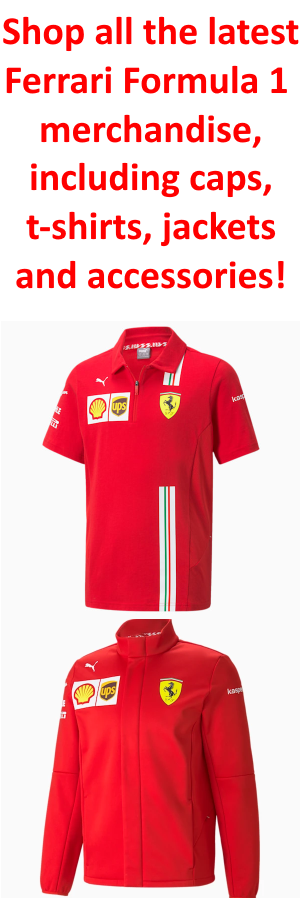McLaren faces its best opportunity in the last ten years, an unmissable chance to claim the victory it has been missing in Monte Carlo since 2008. The MCL39 is the benchmark on the grid for low-speed corners, the same ones that Ferrari struggles with. In Monaco, slow speed dominates, but the Principality track is an anomaly of its own, where even Max Verstappen and the Mercedes cars can make a difference.
Traction battle“It’s like riding a bike in the living room.” This famous phrase by Nelson Piquet describes the Monaco Grand Prix, a metaphor highlighting its narrow, slow, and winding nature. According to data, Monaco has the lowest qualifying average speed of the year, just over 170 km/h, 45 less than Shanghai, the slowest track so far this season. Seven out of twelve corners are taken at speeds below 100 km/h, making mechanical grip from the suspension as important as aerodynamic downforce, if not more so.
Traction out of the corners is what makes the difference, one of McLaren’s greatest strengths as the championship leader. At Monaco, the MCL39 will run in its ideal setup, able to exploit its high downforce package without paying the usual drag penalty that costs precious tenths on straights elsewhere. Watch out also for Mercedes, which showed strong rear stability on the tight turns in Bahrain and the slow second sector in Miami, emerging as the second-best car behind McLaren. “Monaco will show all the weaknesses of our car,” says Charles Leclerc, aware of Ferrari’s difficulties in slow corners, unlike the winning car of the 2024 edition.
However, slow speed isn’t everything in Monaco. The Principality is a unique track where cars and tires operate under very different conditions. In the fastest corner, Tabaccaio, speeds are only around 180 km/h, showing a narrow speed range. It’s easier to find a compromise in car balance across different speeds, unlike Miami, where the drop from 250 to 50 km/h highlighted McLaren’s long “blanket” of performance.
The go-kart effectMonte Carlo is a one-of-a-kind circuit, too peculiar to predict outcomes based only on slow speed analysis. Cars run with higher ride height than average to protect the floor from road bumps and use more aggressive camber and toe angles to exploit tires differently. Teams also use special brake cooling ducts to cool the brakes properly despite the low airflow at slow speeds. In tight corners, wider steering angles are required, forcing mechanical changes to the front axle.
The Power Unit also plays an important role, despite the shortest time spent at full throttle all year, only 42% of the lap compared to 68% at Imola. It’s not so much about peak power but about torque delivery at low speed, especially from the hybrid system. Ferrari’s power units stand out here, with an aggressive engine braking that provides extra rotation in tight corners.
Another factor to consider is the ability to attack curbs and bumps without strong aerodynamic stability, something Verstappen openly complained about last year: “In the second sector, we were in trouble, couldn’t touch the curbs without the car breaking up and losing lots of time. […] We tried softening and stiffening the car, but it felt like a go-kart, bouncing a lot, not absorbing any curb, bump, or slope change.” This is also a small concern for McLaren, which already in 2024 was not strong on curbs, a weakness not improved by the MCL39’s extreme suspension setup.
All about qualifyingA major novelty this year is the rule requiring teams to make two mandatory pit stops during the race, dry or wet, to liven up what is often a flat and monotonous race. This will add a headache for strategists, with the constant risk of a Safety Car or red flag, and the added difficulty of less accurate GPS tracking due to the buildings and terrain of the Principality. None of this changes the fact that the weekend will be largely decided on Saturday.
“We’re worried,” admits Ferrari team principal Frederic Vasseur, concerned about the Maranello team’s struggle to extract peak grip from the new soft tires. “Monaco is a completely different story in terms of preparation, tire management, and so on. We’ll start from a blank sheet,” explains the Frenchman. The key on the flying lap will be heating the tires in time for Saint Devote and keeping them alive through Rascasse and Antony Noghes. This task will be even harder this year with the introduction of the new ultra-soft C6 compound developed by Pirelli, which debuted at Imola.
McLaren is known for controlling tire overheating in the final sector, a strength that will be even more important on a track all about traction and without breathing room like Monaco. Max Verstappen, however, intends to make another decisive move in qualifying, exploiting the vulnerability of the Woking car, which is difficult to push to the limit due to weak front-end feedback. Certainly not a help on a track that demands full confidence in the car to kiss the guardrails, where a fraction of a millimeter can turn a potential win into a heavy zero in the standings.
May 21, 2025
Let other Scuderia Fans know about us





















